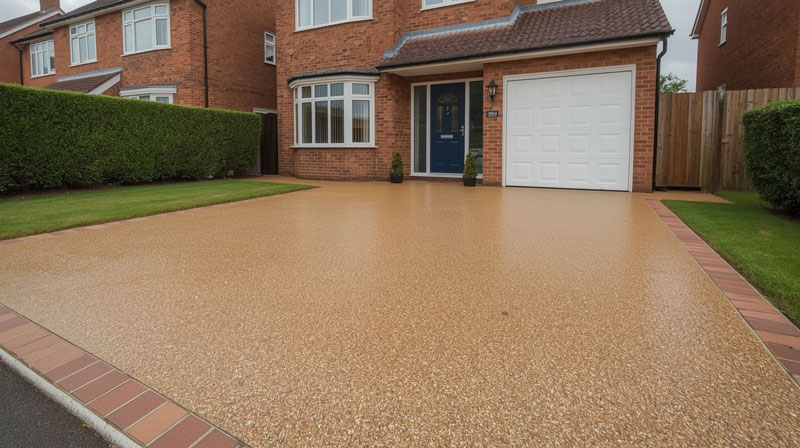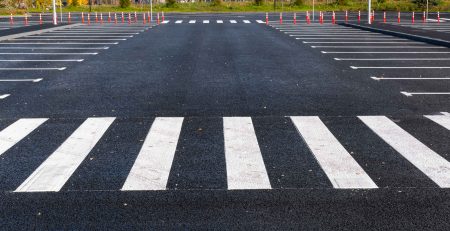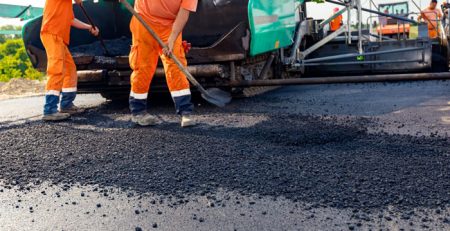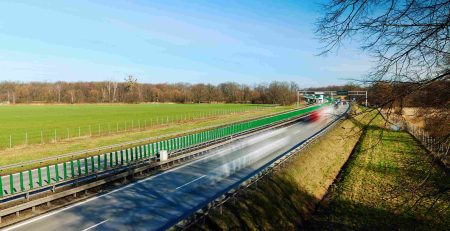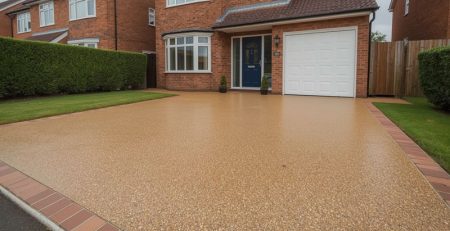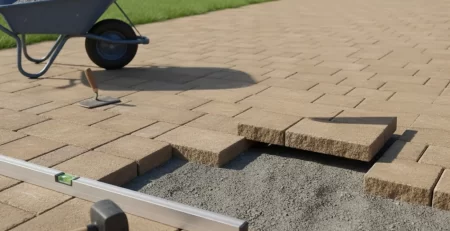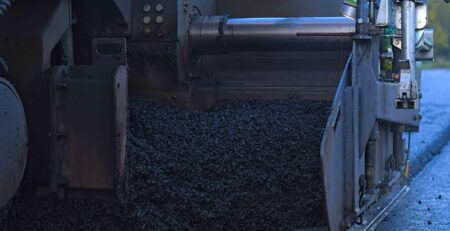What Lies Beneath: Why Sub-Base Matters More Than the Surface
Most homeowners spend all their time choosing colours and finishes for their driveway surface — resin, block paving, tarmac. But here’s the truth: what lies underneath matters far more than what you see on top. A poorly prepared sub-base is the number one reason driveways crack, sink, or collapse within just a few years.
In this article, we explain why a strong sub-base is the backbone of any long-lasting driveway and why it’s the first thing you should care about when hiring a contractor.
What Is a Sub-Base, and Why Does It Matter?
The sub-base is the compacted layer of material between the soil and the final surface (resin, tarmac, paving). Its job? To evenly distribute weight, prevent sinking, and resist the natural movement of the ground below.
A good sub-base:
- Absorbs pressure from cars, lorries, or vans
- Prevents water pooling and frost damage
- Extends surface lifespan by 10–20 years
- Avoids future cracking and surface deformation
A bad sub-base? It’s like building a house on sand. No matter how pretty the surface, it won’t last.
The #1 Cause of Resin Driveway Failures
Resin driveways are especially vulnerable to poor groundwork. Homeowners often complain about:
- Cracks along the edges
- Sudden dips or hollows forming
- Water puddles that never drain
- Loose stones or ‘lifting’ resin
These are rarely surface issues — they’re almost always caused by improper sub-base installation.
Our 3-Layer Resin Driveway Approach
At Total Surfacing Solutions, we follow a three-layer installation method for every resin driveway:
- Excavation – We dig to the correct depth (usually 250–300mm) depending on ground conditions.
- Sub-Base Layer – We apply and compact Type 1 MOT hardcore, the industry standard, using plate compactors for maximum density.
- Binder Course + Resin Layer – A strong tarmac or concrete base is laid before the resin to ensure long-term bonding and load capacity.
➡️ Learn more about high-performance surfaces on our page for resin driveways.
Cheap Jobs Skip This Step — And It Shows
Some contractors offer suspiciously cheap quotes by skipping groundwork. They’ll pour resin or tarmac directly over soil or loose stone. It may look fine for 6–12 months, but eventually, gravity and weather will win. You’ll be left with repairs, or worse — a full rip-out job.
We’ve replaced dozens of failed driveways built by “budget” installers who took shortcuts underground.
How to Know If Your Sub-Base Is Failing
Here are warning signs your existing driveway has sub-base issues:
- Uneven surface or soft spots
- Puddles or poor drainage
- Early cracks (especially near the centre)
- Edges that sink or crumble
If you notice any of these, we recommend booking a site inspection — before it gets worse.
Case Study: Resin Driveway in Hertfordshire
One of our clients in St Albans had a 2-year-old resin driveway that looked beautiful but had begun to dip along the garage entry and develop small surface cracks.
Our inspection revealed:
- Only 80mm of sub-base had been used (well below standard)
- No membrane to prevent weed growth or movement
- No edge restraint
We excavated the full driveway, rebuilt a proper 250mm sub-base with MOT Type 1, compacted in layers, and relaid the resin. It’s now perfectly level and built to last over 15 years.
Conclusion: Build from the Ground Up
Surface beauty may get compliments, but structural strength is what protects your investment. Whether you’re considering resin, tarmac, or block paving, the long-term success of your driveway depends on the foundation beneath.
When you work with Total Surfacing Solutions, you’re not just buying a surface — you’re investing in expert groundwork that lasts.
📞 Free Site Survey Available
Thinking of upgrading your driveway? Contact our team today to arrange a free inspection and consultation.
➡️ Visit our resin driveways page for more details and examples.

